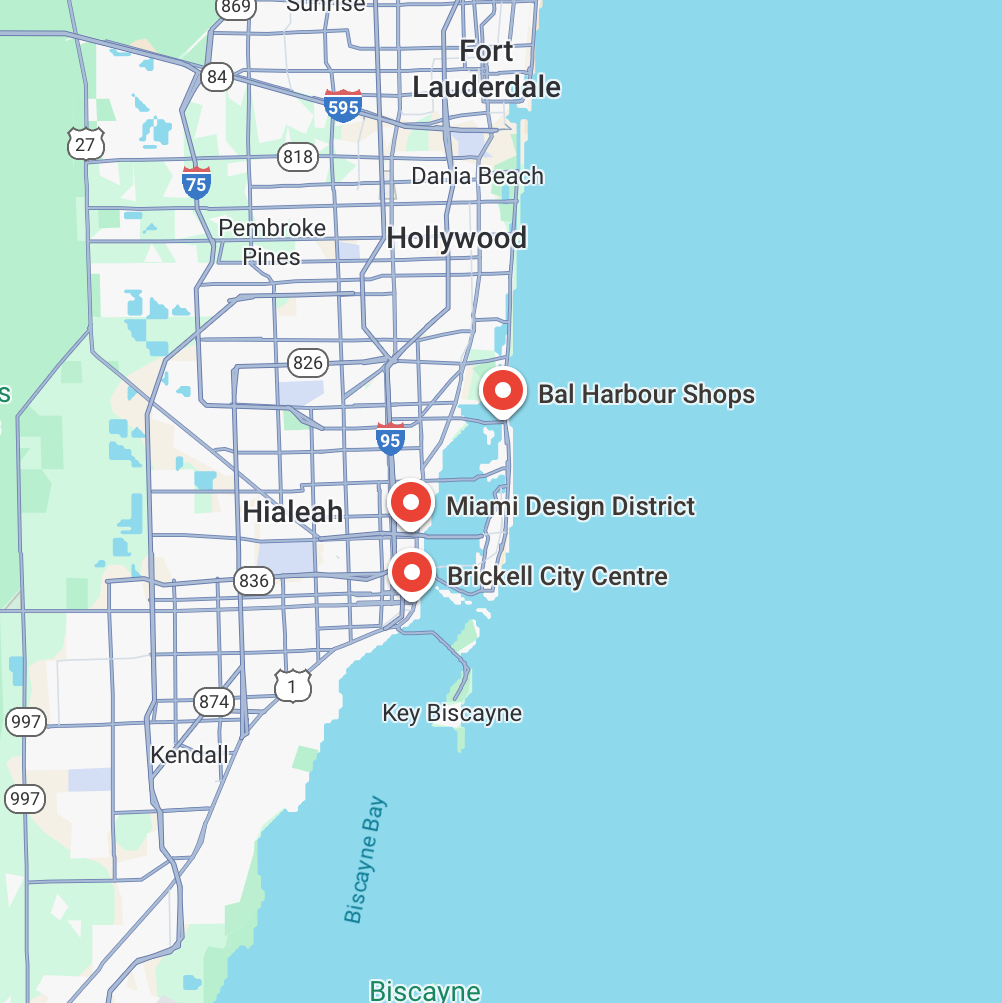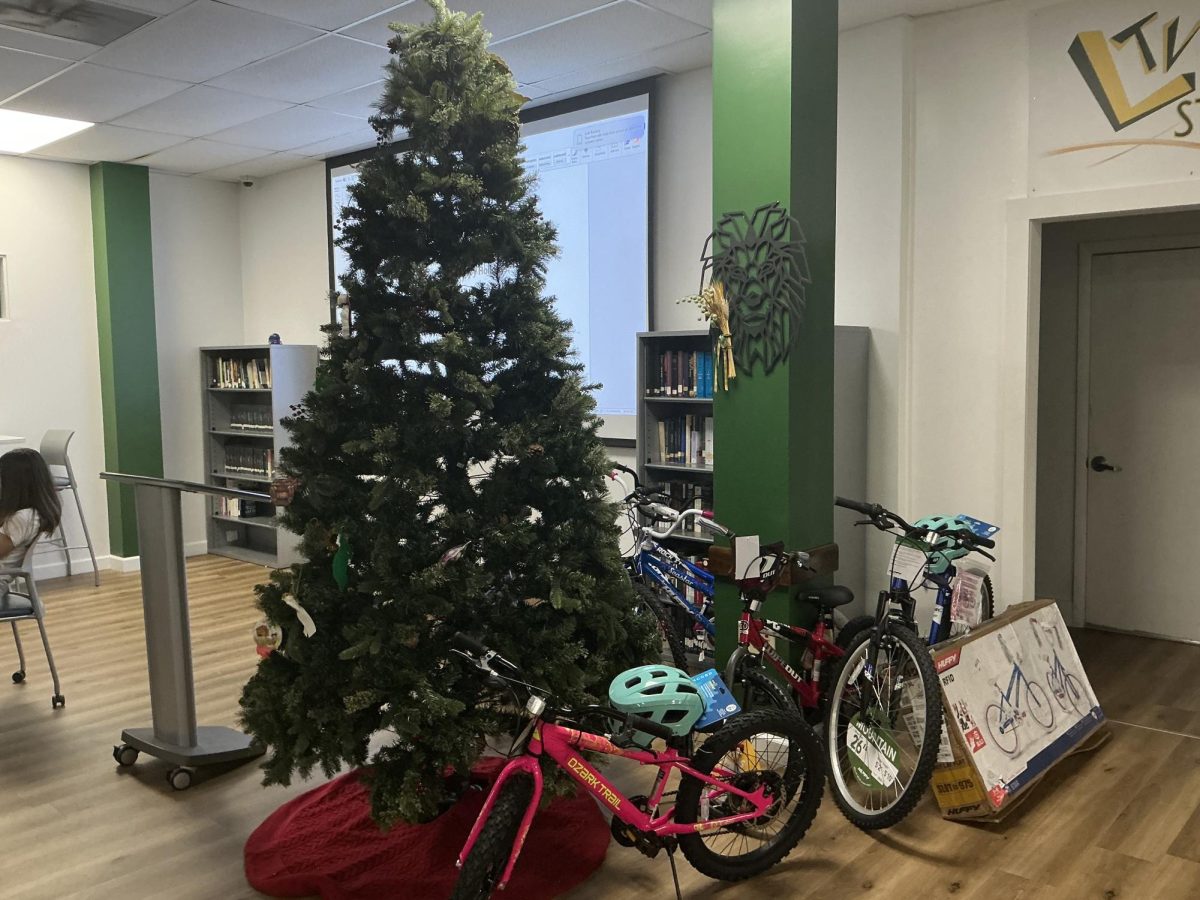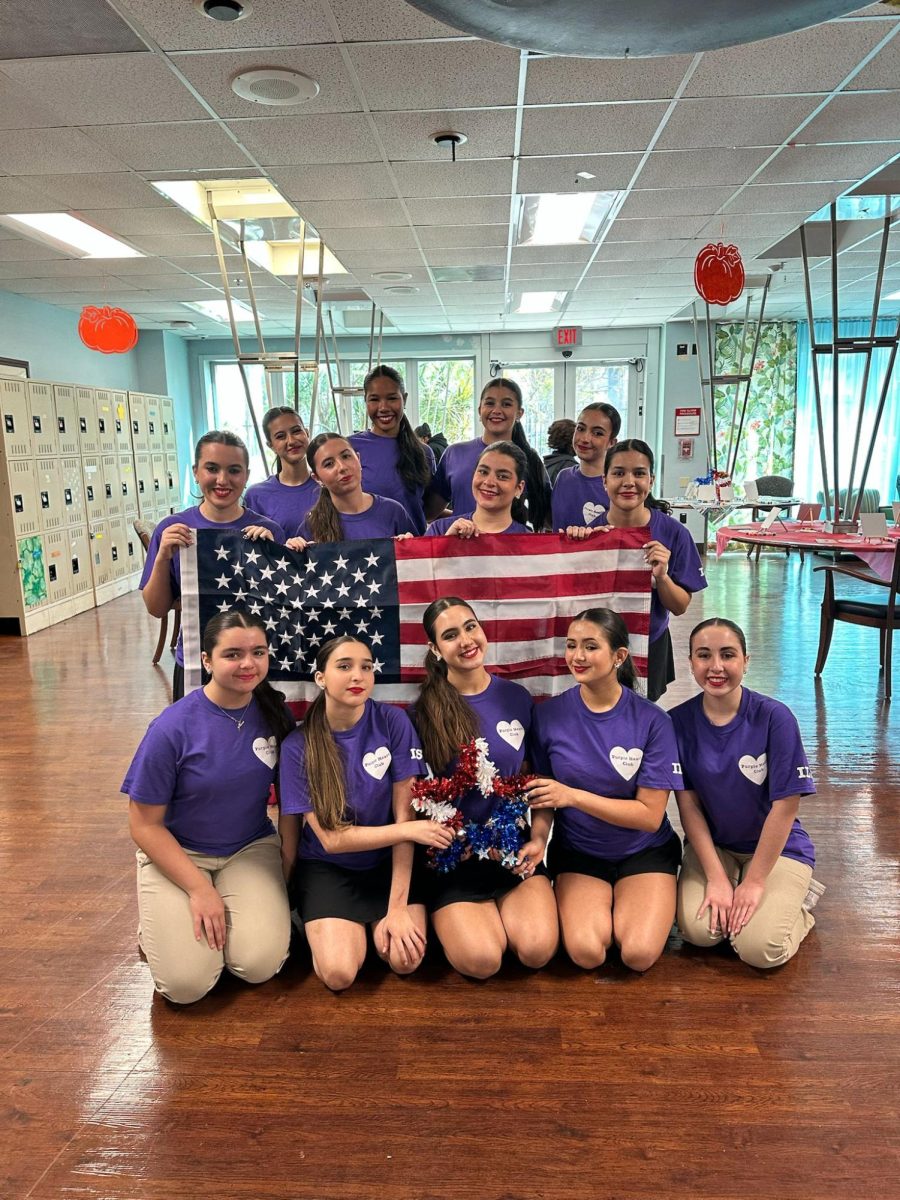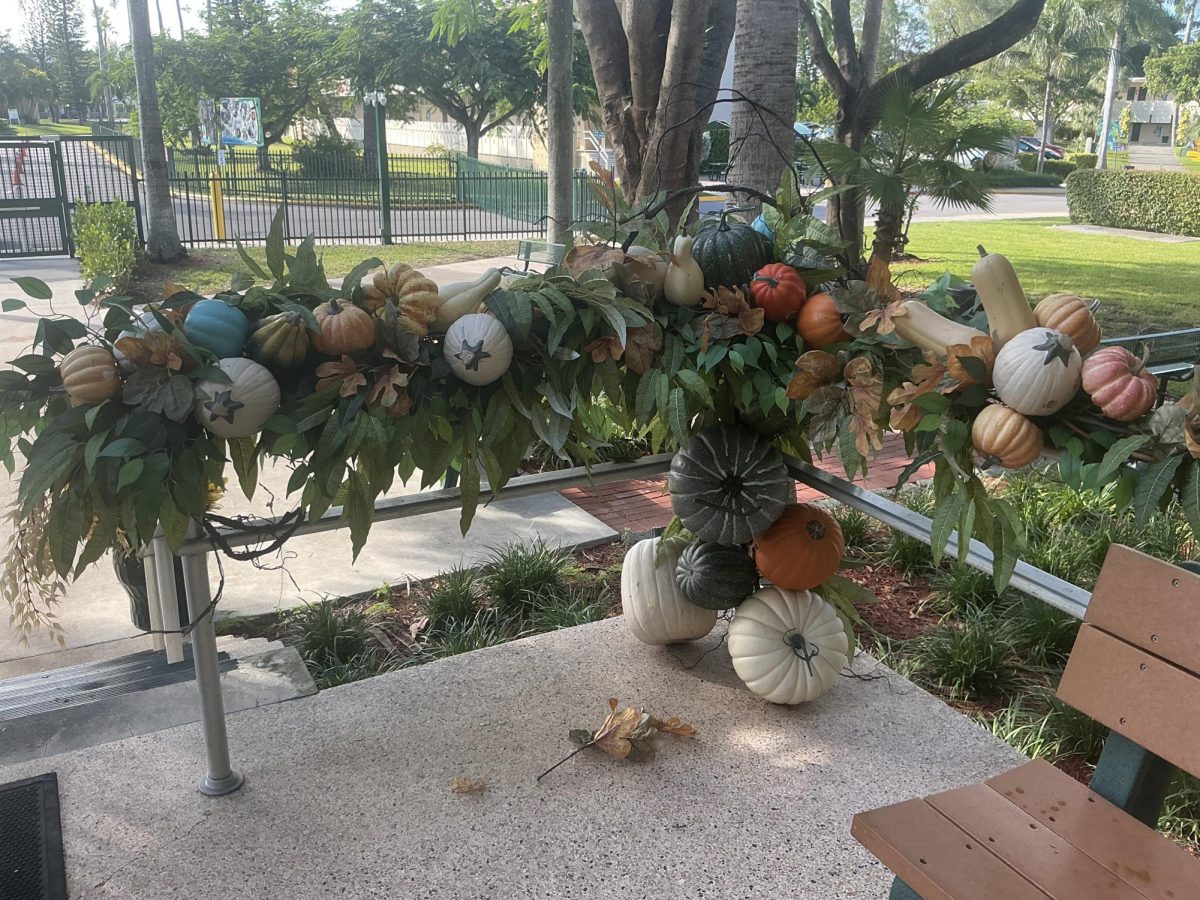Climate change has affected the natural environment for years. Everyone has heard the phrase “Miami is sinking” and whether one responds with wide eyes or a light chuckle, at the end of the day, the potential effects of climate change keep some up at night. In many parts of the world, and even in South Florida’s backyards, there are people who dramatically feel the effects of climate change.
As the sea levels increase, one hears about luxury high-rise developers looking to build inland. While the survival instinct to move away from the rising tide is human nature, it overlooks one crucial factor: hundreds of thousands of Miamians reside in these neighborhoods that sit farther from the water’s edge. While this urban development shift and the gentrification that followed isn’t anything new, residents are becoming more cognizant of their surroundings, giving rise to the the question, ‘Well, what can I do to help?’ The Royal Courier asked a few of high schoolers, if they had any suggestions on the matter.
“One easy thing that we can do is register to vote,” said senior Mia Barbacci. “When it comes time for an election, we can speak on behalf of our generation and say no, it’s not okay for you to buy that affordable housing complex and displace everyone for your luxury condos. We are Gen-Z and we won’t let that happen.”
Voting for a better Miami is a great way to help support or combat the decisions made due to the changes in the environment. Although not everyone in the upper school is old enough to vote, all prepare for when that moment comes and register in advance.
“I believe the earliest you can do it is 16. I registered at the DMV when I got my driver’s license. It was super easy,” noted senior Emilie Reyes.
Although voting is of great importance, there are other more tangible and tactile ways to give back concerning climate change. Climate change not only affects the rising tide, but the dramatic shifts in temperature are of equal substance. While everyone blast sthe AC during a heat wave or bundles up by the fire like so many did recently during a cold snap did, fields of crops all over the world scorch or freeze to death in these severe fluctuations. Those less fortunate often rely on low prices for food to eat well and nutritiously. Unfortunately, as farmers have a harder and harder time keeping their stock alive and consistent, the quantities that reach the shelves are limited. When there isn’t as much of a product, the price of that product skyrockets. Inevitably, people in poverty (37.9 million in the US and 12.7% of Floridians) struggle with that price change the most.
“There’s always a great turnout at the ILS food drives, but we can always be doing more, especially around the holidays. Everyone saw how expensive it got to buy a carton of eggs or a gallon of milk. Now’s the time to pay it forward to those who saw the price and put it back on the shelf,” said senior Michelle Rodriguez.
In addition to own food drives, there are countless organizations from Catholic Charities to Health in the Hood that cater to serving the impoverished communities of greater Miami.
Whether looking to enact policy or making sure every Miamian has a full plate, there are endless ways everyone can give back to those who are facing the trials and tribulations that have arrived due to a plethora of reasons, one of which is undoubtedly climate change.








